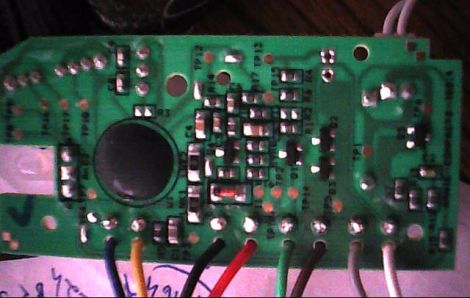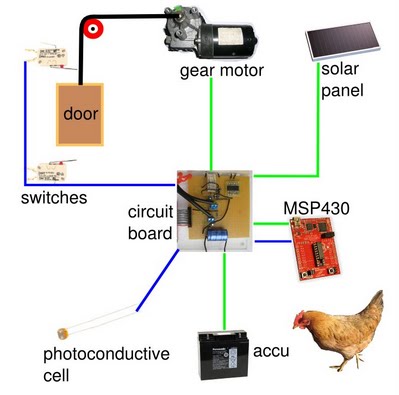
This week’s video is the last in a series of videos where we show how to use Eagle CAD. Today we will look a the Layout portion of the program and will create a circuit board from the schematic that we created previously. We start by creating a layout file and then moving all of the parts to appropriate places on the circuit board. After that, [Jack] shows how to route the traces. Along the way, he talks about the tools that he is using and various ways to use them. The end result is a prototyping board for the PIC18F44J11.
Like the others, this video is fairly long at 29 minutes, so make sure to have some time dedicated towards watching it if you do.
In next week’s video, we will be showing this board as it arrived to us from a manufacturer and will do a tutorial on how to solder.
If you have missed our previous videos, you can find them here:
Schematic part I
Schematic and Custom part creation
CAM Processor
We have also created many supplemental videos explaining how to use many of the tools in the tool palettes. You can find them on our Youtube channel:
Check out the video after the break!
Continue reading “Video: Eagle CAD Layout”

















